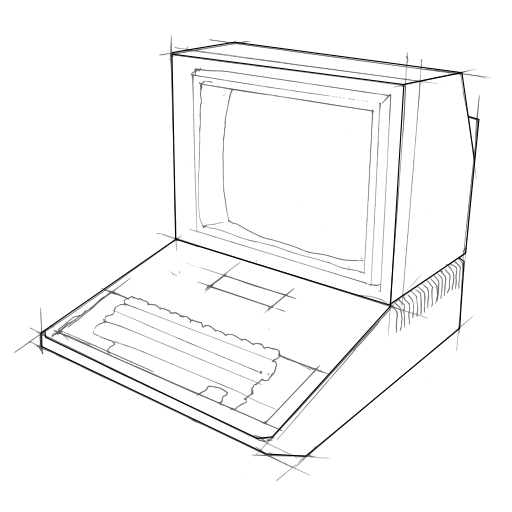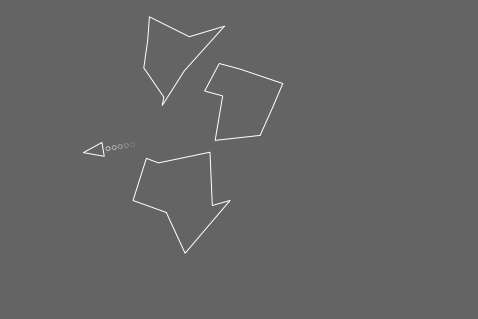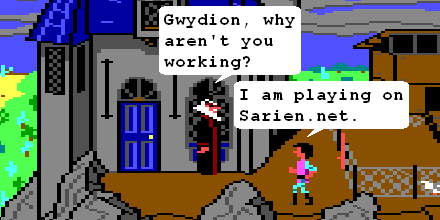Last week Moose and I were in Birmingham for EuroPython 2009. The conference was cool and the food was really good and we met some nice folks over a few beers. The talks I enjoyed the most were Christian Tismer's talk on Psyco, and the keynotes. I am super excited that Psyco is getting the attention it deserves and some very nice looking hardcore under-the-hood architecture improvements. Cory Doctorow did his enjoyable copyfight rant, and Sir Tony Hoare did a wonderful talk about science versus engineering. The science versus engineering aspect of software development has been on my mind a bit recently since I finished reading Recursive Functions of Symbolic Expressions and Their Computation (John McCarthy, 1960), the original LISP paper. That paper has really helped me finally understand how formal mathematics can be really effectively applied to computer programming, and different isomorphic ways of expressing the same program. Because software engineering moves at such a break-neck speed I think we sometimes forget to look back at the science in Computer Science and all of the awesome theoretical work which has been done since the 1960s. You can never have too much science.
After leaving Birmingham we headed out west into the Welsh countryside in a hire car. Wales absolutely blew us away. Our mission was to drive through both national parks and visit a few castles on the way, most of which were built in the 1200s. We stopped at Castell Dinas Bram first, which is a small ruin perched on top of a hill amongst a rolling green landscape punctuated with white housed villages. We had to make a zig zagging walk up a steep hill for 20 minutes, but the climb was definately worth it. What an amazing place. Later on during day one we drove through Snowdonia National Park. Betws-y-coed looked like a nice little town that we'd love to come back and visit some time. Around the region of Llyn Gwynant, the craggy mountains with dark lakes at the bottom of valleys were breathtaking. In the afternoon we arrived at Castell y Bere which was in the middle of nowhere and slightly less ruined than Castell Dinas Bram. On a low hill and surrounded by a ring of high mountains, this place felt very Lord of the Rings-y. Much of Wales did actually, and I guess this is where Tolkien received some of his inspiration.
On the second day we explored the southern part of Wales around Brecon Beacons National Park. We visited Carreg Cennen Castle and Dryslwyn Castle in Llanarthney. Carreg Cennen was the most commercial (there was a shop and you had to pay to see it) but was also the least ruined construction we saw, so it was fun to get a good idea of the types of rooms and the size of the walls of these castles. There was a nice spooky cave at the top of the hill, under the castle, which was the first place I've been which managed to combine a fear of heights with claustrophobia. We were in a tiny dark confined space under ground, but could still look out of the stone windows at an enormous drop over a cliff. Dryslwyn was different again and quite multi-layered as it had been built and re-built throughout the ages. At Dryslwyn I tried to climb a wall and managed to trip over in the process. My excuse is that I have been wearing shoes that are slightly too big for me and it was infact the very end of the toe of my left shoe that caught, which wouldn't have happened if I had been smarter and worn shoes that fit me better. As I reached the top of the wall I managed to get stuck somehow like that, and teetered forward towards the grass, which was a foot below the other side of the wall. Unfortunately I had a camera in one hand, so I couldn't use that hand to stop myself from receiving the full impact of the fall on my face. I don't know what the other hand was doing, but it certainly wasn't there to help me when I needed it most. My knee came to the rescue later, too late, and was completely smeared in mud and grass. Luckily there was a large and well positioned pile of sheep shit to cushion my face from serious injury.


